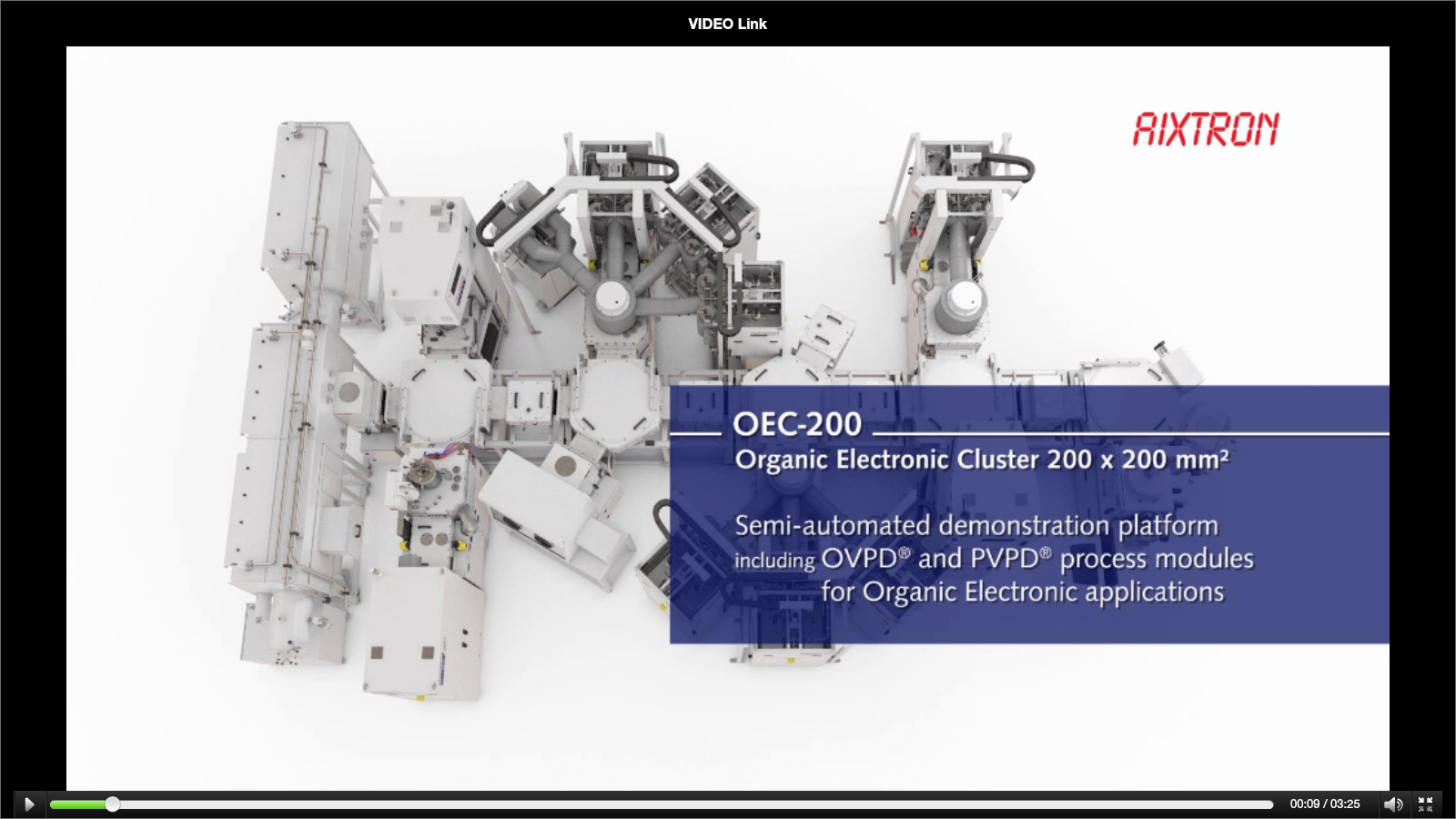ESPOO, Finland, 25th August, 2014 – Picosun Oy, the leading manufacturer of high quality Atomic Layer Deposition (ALD) equipment for global industries, teams up with IMEC to realize next generation’s battery technology with its advanced ALD solutions.
IMEC (headquartered in Leuven, Belgium) is a nanoelectronics research center, performing world-leading research in micro- and nanoelectronics via global partnerships in the fields of ICT (information and communications technology), healthcare, and energy. To ensure always the highest level, cutting-edge quality of its research and product development, IMEC has now started working with Picosun as solution and technology provider for ALD-based energy storage components for advanced microelectronic systems such as medical implants, automotive, sensor networks, and mobile communication devices.
Picosun’s ALD equipment for IMEC is equipped with revolutionary boosting heated source systems and full inert gas glove box integration to enable the best results in coating of moisture sensitive materials with demanding film processes. Picosun’s ALD tools are world known for fulfilling the strictest industrial productivity, film purity, and quality standards scalable to high volume manufacturing with fast process times and low cost-of-ownership.
“We are proud of our ALD technology’s continuing expansion to new industrial fields. The fact that IMEC, one of world’s leading semiconductor and nanoelectronics research institutes relies on Picosun’s ALD expertise to enable novel energy storage solutions for global electronic industries speaks volumes about our level of thin film processing know-how and the trust that our customers place on us,” states Juhana Kostamo, Managing Director of Picosun.
Picosun’s highest level ALD thin film technology enables the industrial leap into the future by novel, cutting-edge coating solutions, with four decades of continuous, groundbreaking expertise in the field. Today, PICOSUN™ ALD systems are in daily production use in numerous major industries around the world. Picosun is based in Finland, with subsidiaries in USA, China, and Singapore, and a world-wide sales and support network.
Interesting Links and further reading:
- Planar thin film battery with focus on conductivity of solid electrolyte
- 3D thin film battery with focus on conformality and mechanical compliance of solid electrolyte
Article in Solid State Technology by PHILIPPE VEREECKEN, principal scientist, imec, associate professor, KU Leuven
Picosun on Energy storage and production



%20(1).png)




























